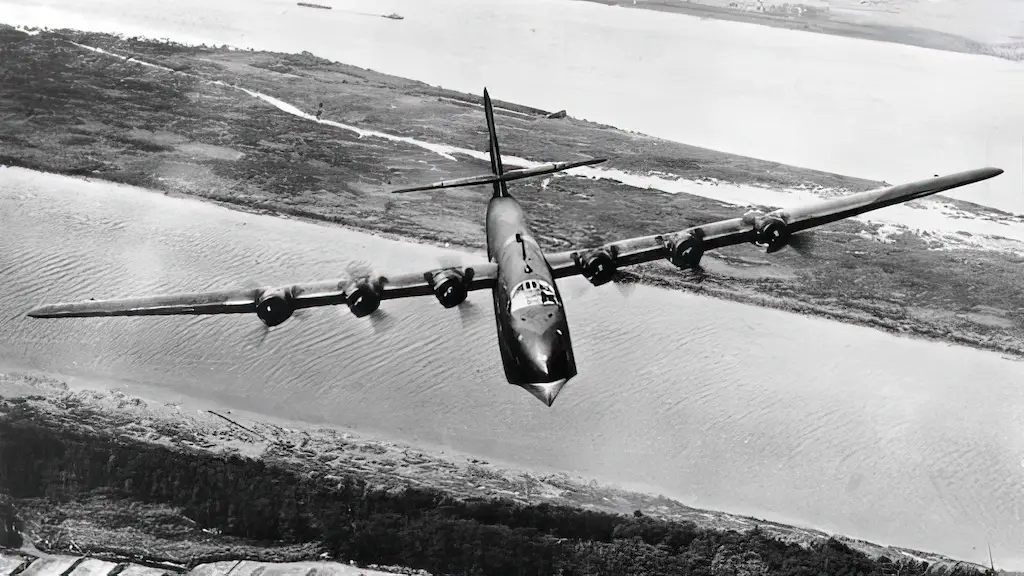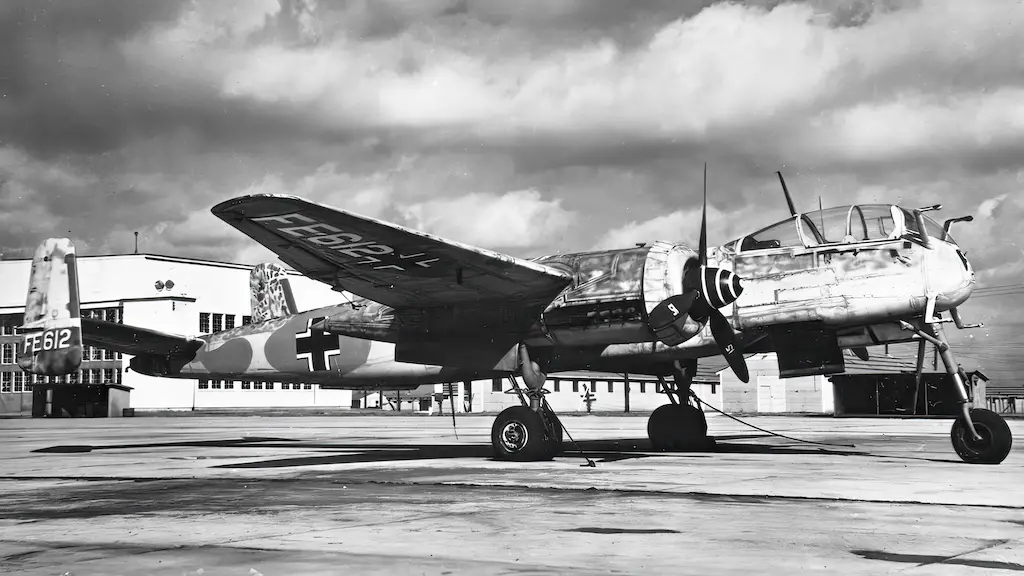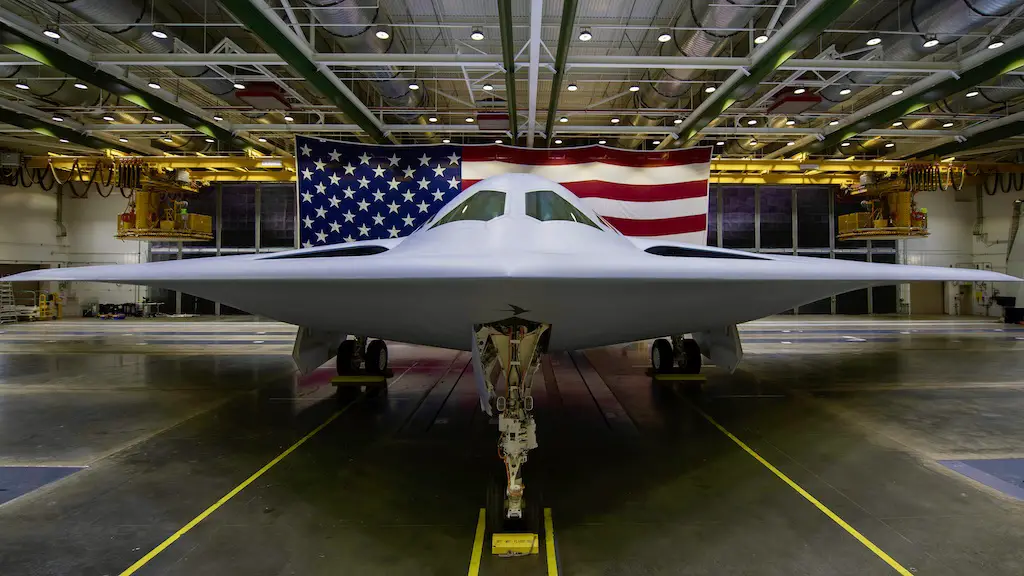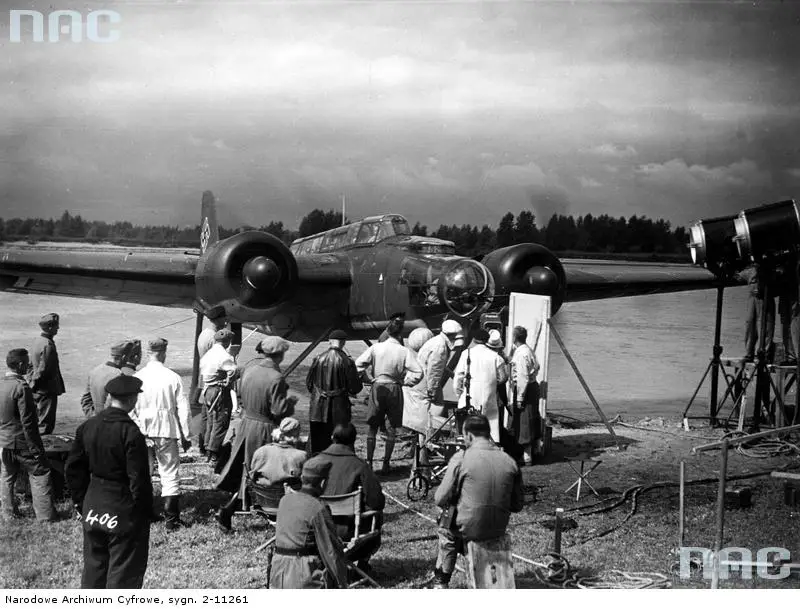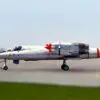HUGIN Team 1’s Historic Unearthing
As 2022 was drawing to a close, a team from the Royal Norwegian Navy, known as HUGIN Team 1, embarked on an adventure deep into Trondheimsfjorden. What they found there was nothing short of extraordinary. At the remarkable depths of 253 and 318 meters, they came across two World War II aircraft wrecks. These discoveries, hidden from the world for almost eight decades, offered a poignant reminder of the past, lying silently in the depths of the fjord.
The key to this successful expedition was the Hugin Autonomous Underwater Vehicle (AUV). With its impressive capability to reach depths of up to 6000 meters, the Hugin AUV employs advanced sonar, echosounders, and camera systems to conduct detailed seabed mapping. Under the guidance of the 1st Minesweeper Squadron, the Hugin first pinpointed the BV-222 aircraft at 318 meters in September 2022. The team then located the HE-115 aircraft at a depth of 253 meters in March 2023.
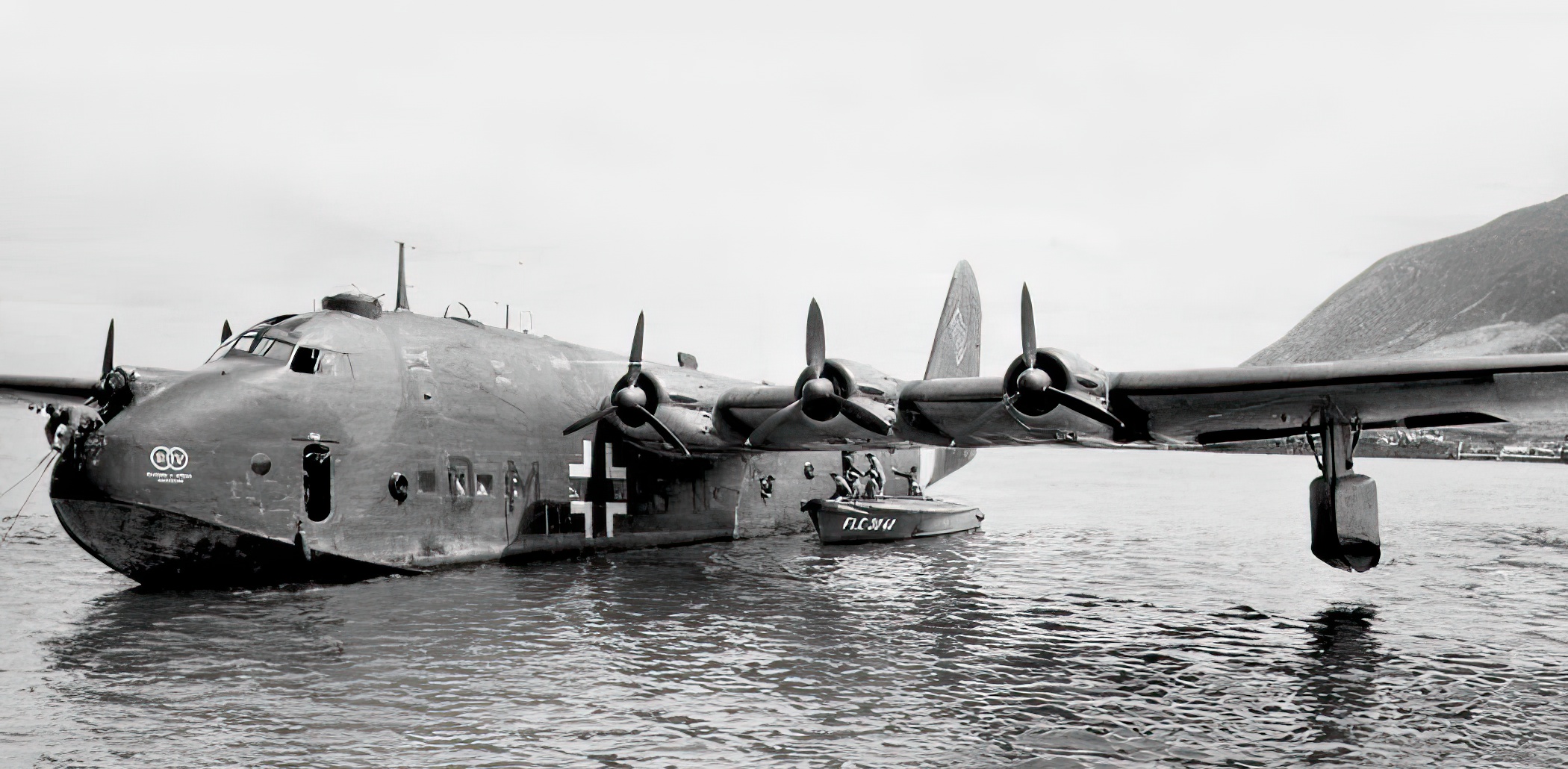
Insights into the Depths of History
Lying in the Norwegian fjord, these aircraft wrecks invite us to explore and understand a chapter of history that has remained hidden beneath the waves. Their presence deep in Trondheimsfjorden highlights the numerous secrets still waiting to be discovered in the depths.
Blueye Robotics, a team fascinated by underwater exploration, seized the chance to explore these wrecks. Utilizing advanced drones, they’ve shared the first images and histories of the BV-222-Wiking-V2 and the HE-115 S4+DK.
The BV-222 Wiking V2, identified as the first wreck, was a colossal German seaplane during WWII. With only 13 built, this 6-engine aircraft was primarily used as a passenger plane. Its remarkable size, with a wingspan of 46 meters and a length of 37 meters, was unmatched at the time.
A Journey’s End in Trondheimsfjorden
This particular aircraft’s story in Trondheim is well-known among aviation enthusiasts. After Germany’s surrender in 1945, two BV-222s were brought to Trondheim. One was transferred to England, while the other was sunk in Trondheimsfjorden in October 1945. The exact sinking location remained a mystery until its rediscovery in 2022.
The second aircraft, a Heinkel HE-115, adds a new chapter to Trondheim’s WWII history. Unlike the two known HE-115 wrecks at Ilsvika, this one was found at 253 meters off Høvringen, a completely new discovery for historians.
This aircraft, identified as S4+DK, was part of a fleet operating from Trondheim as reconnaissance planes. Damaged in an encounter with an RAF flying boat, it made a hasty and ultimately fatal landing in the fjord, sinking with history until now.
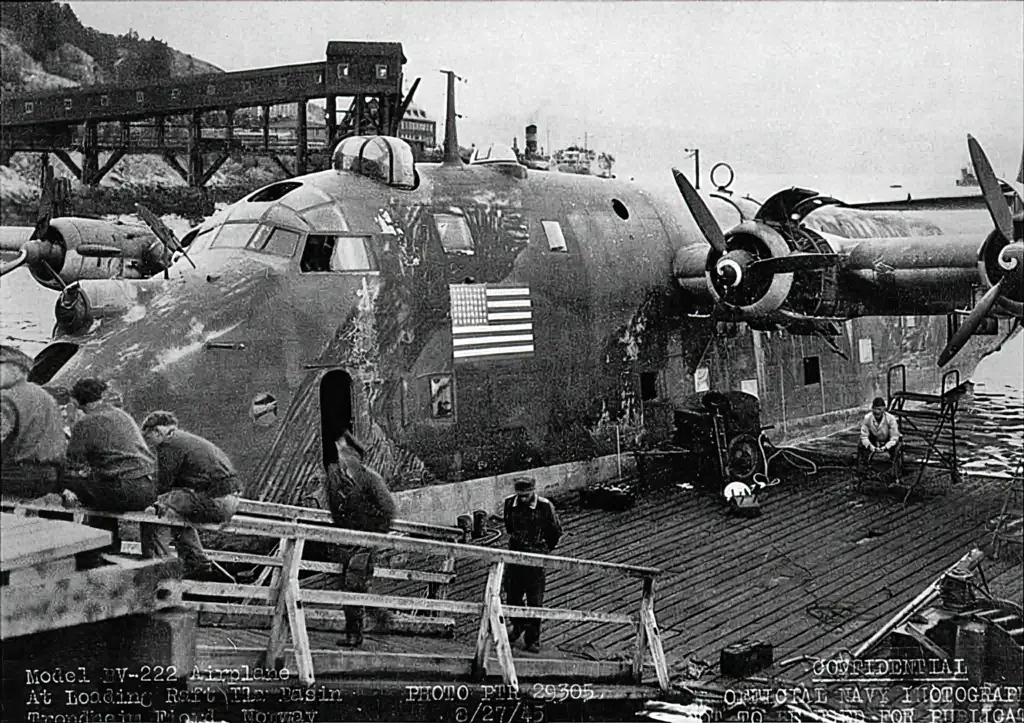
Photo: Ukjent
The Aircraft Graveyard in Trondheimsfjorden
Trondheim, a strategic WWII site, harbors numerous wartime relics beneath its waters. These wrecks, now home to diverse marine life, offer a window into a tumultuous past. The recent discoveries of BV-222-Wiking-V2 and HE-115 S4+DK add two more coordinates to this underwater map, preserving history beneath the waves.
In an era where most traces of World War II have vanished on land, these underwater relics stand as solemn, decaying testaments to Norway’s wartime history. The efforts of the Blueye team in documenting these finds not only contribute to our understanding of the past but also push the boundaries of underwater technology and exploration.
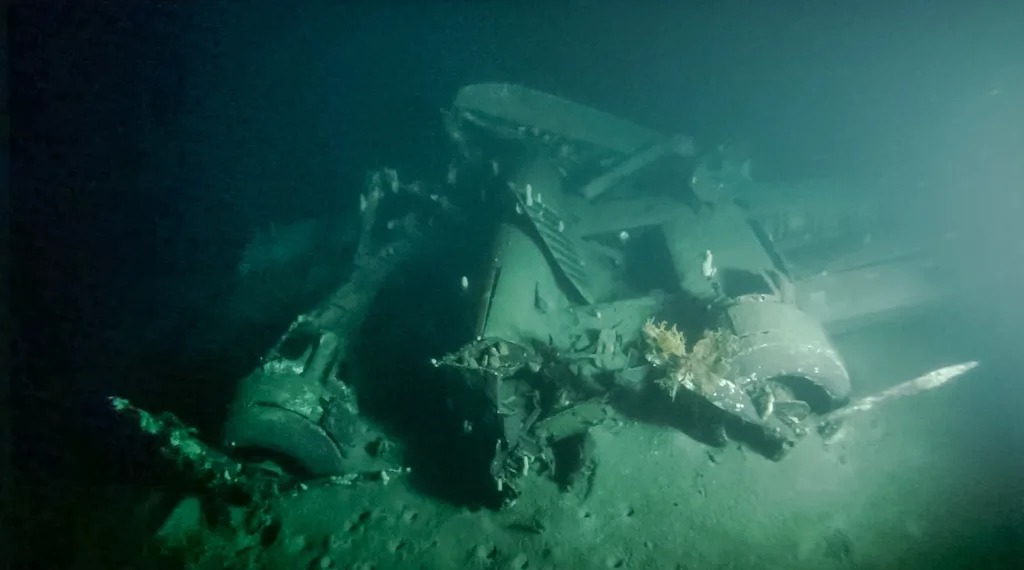
Foto: Blueye Robotics

